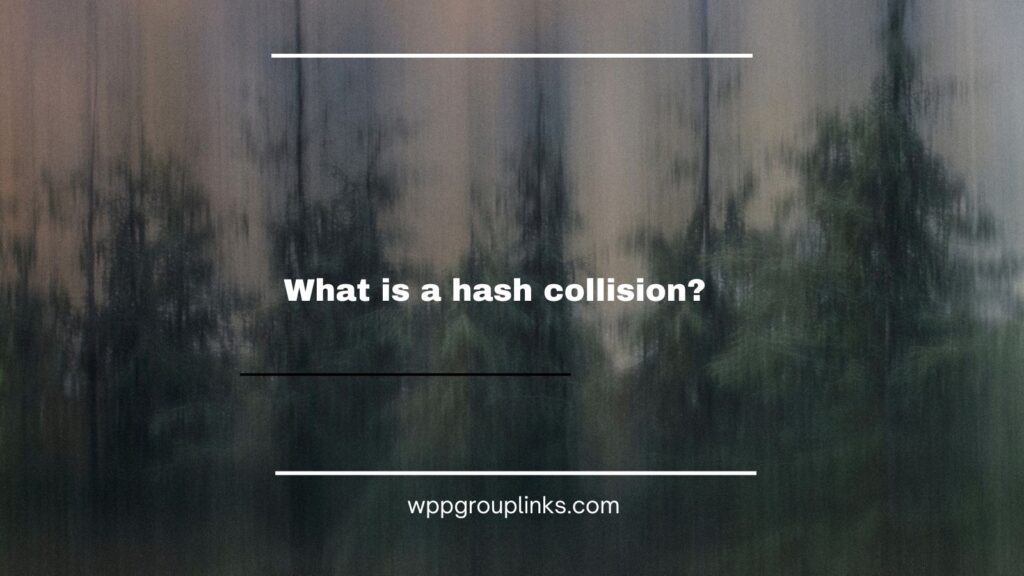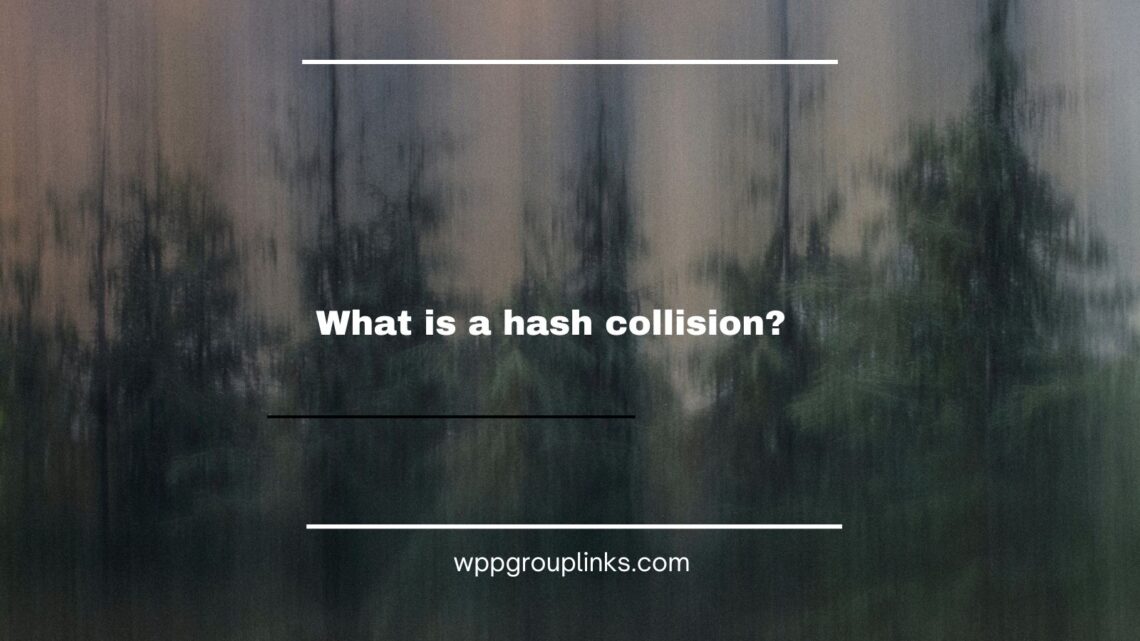
Q: What is a hash collision?
or
Q: A hash collision: what is it?
- When two different files generate the same hash digest.
- When a hash digest is reversed to recover the original.
- When two identical files generate different hash digests.
- When two different hashing algorithms produce the same hash.
Explanation: When a hash function is applied to separate inputs and produces the same hash result for both sets of inputs, this is known as a hash collision. A hash function should, in a perfect world, generate a different hash value for every piece of data it receives. Collisions are possible, even though the amount of hash values (the output) is limited since there is the possibility of an endless number of inputs (the input space).
Hash functions used in cryptography should ideally have collision resistance as one of its properties. This indicates that it ought to be computationally impossible to discover two distinct inputs that both hash to the same result. A hash function can have security consequences if it experiences a collision. This is particularly true in applications such as digital signatures and password storage, where it is essential to have unique hash values for security purposes.
Cryptographic hash functions are designed to minimize the likelihood of collisions, and when they do occur, they should be difficult to predict or deliberately create. The usage of hash functions in a variety of cryptographic applications receives an additional measure of protection thanks to the introduction of the notion of collision resistance.





